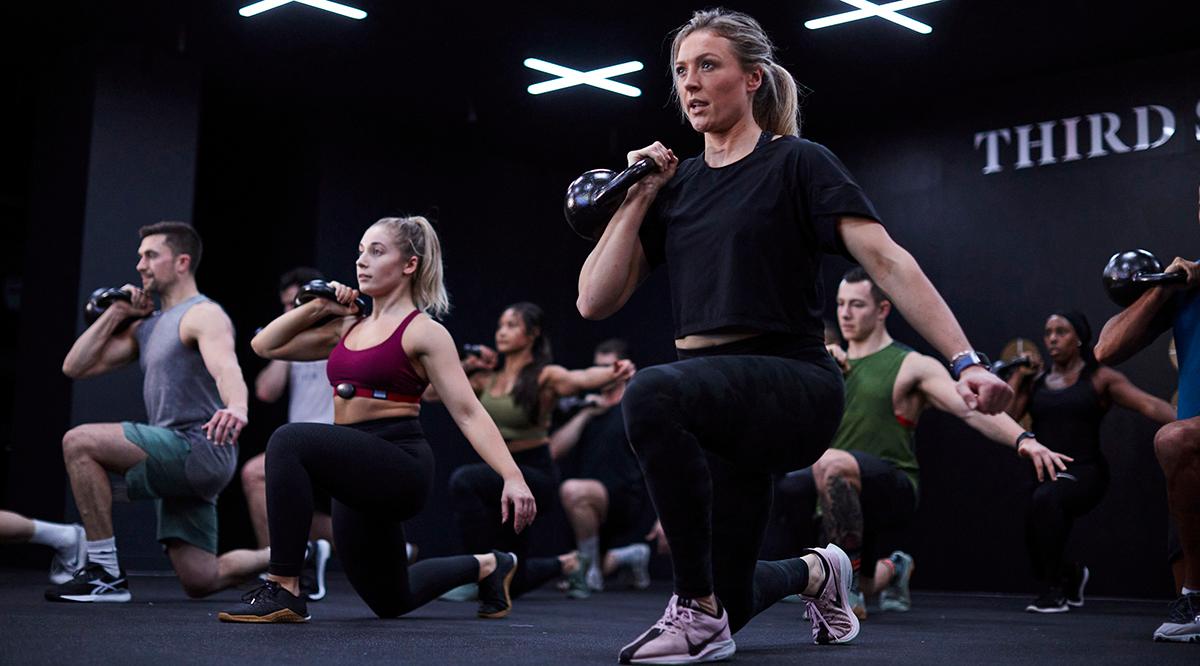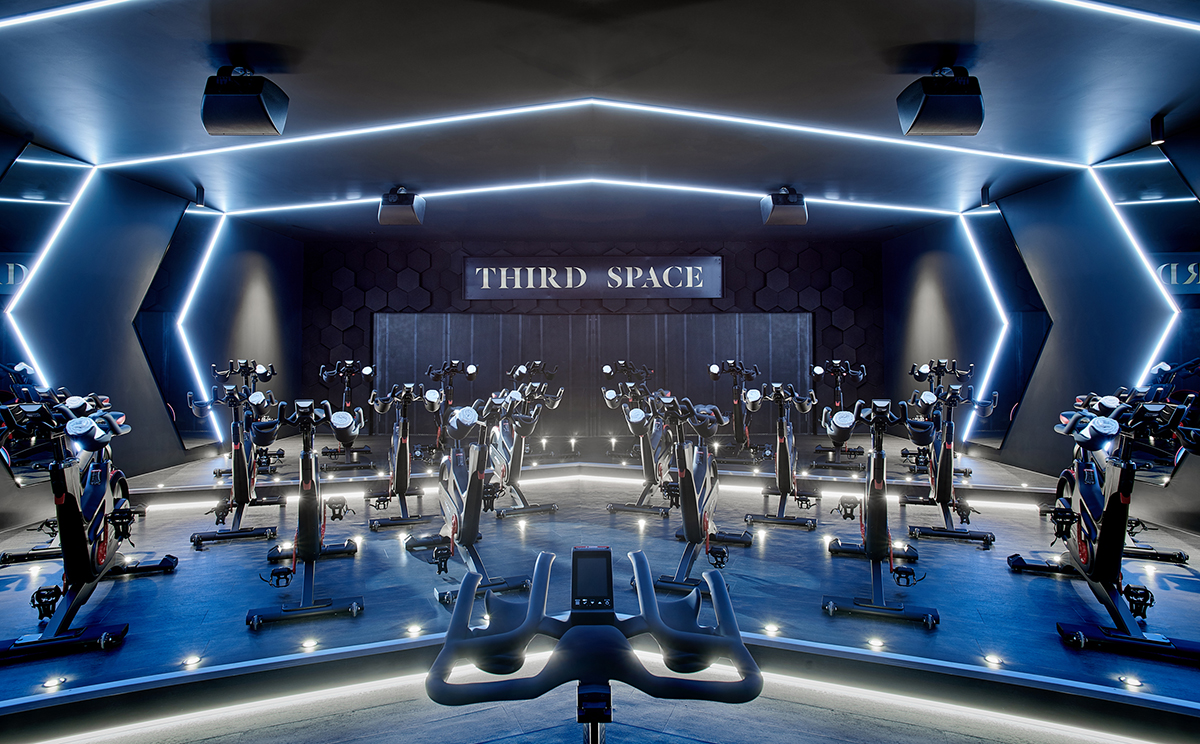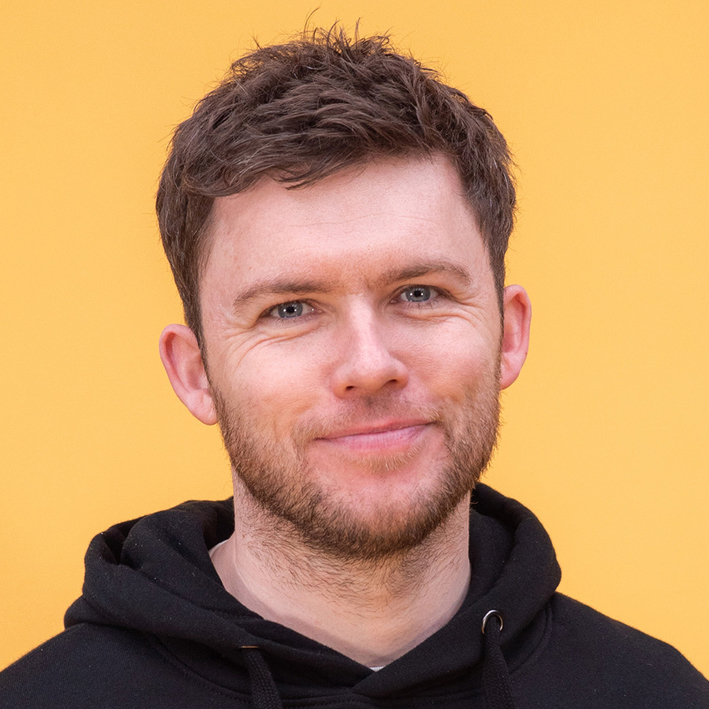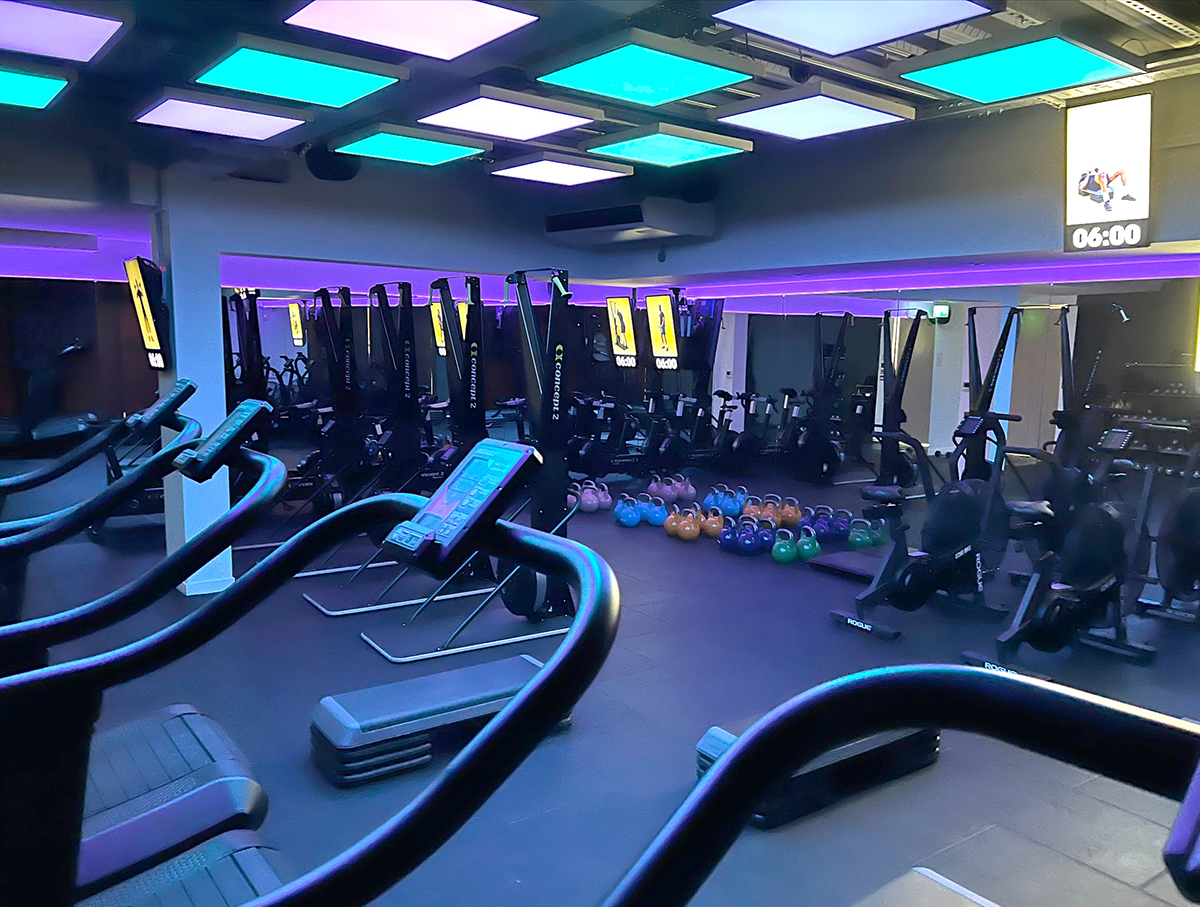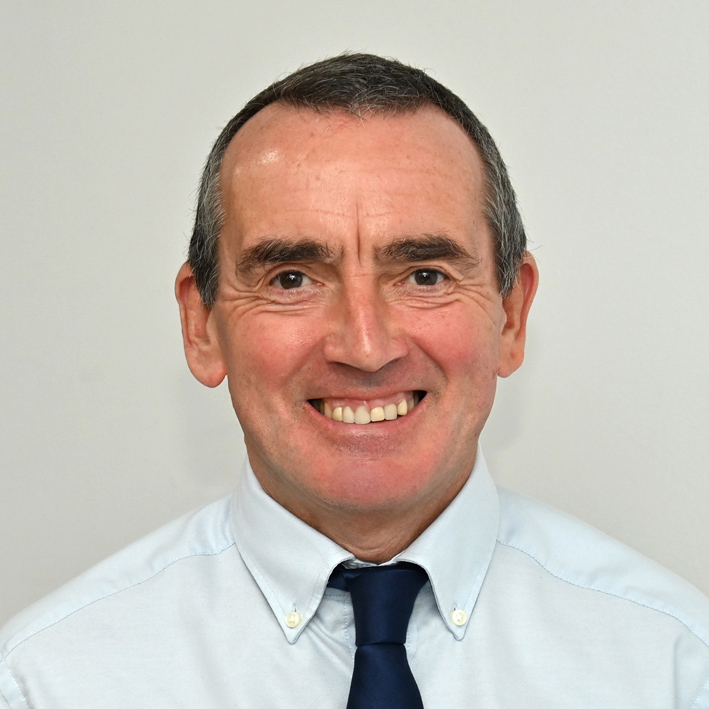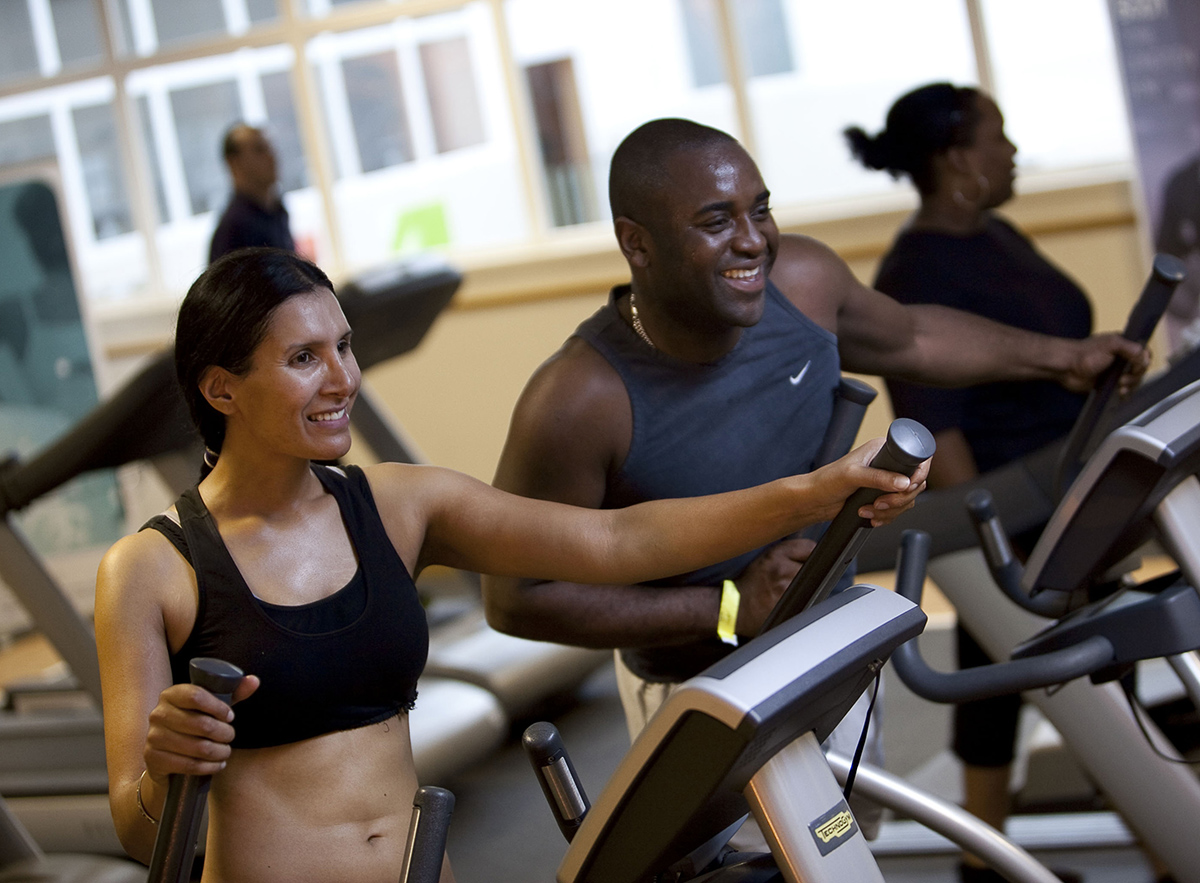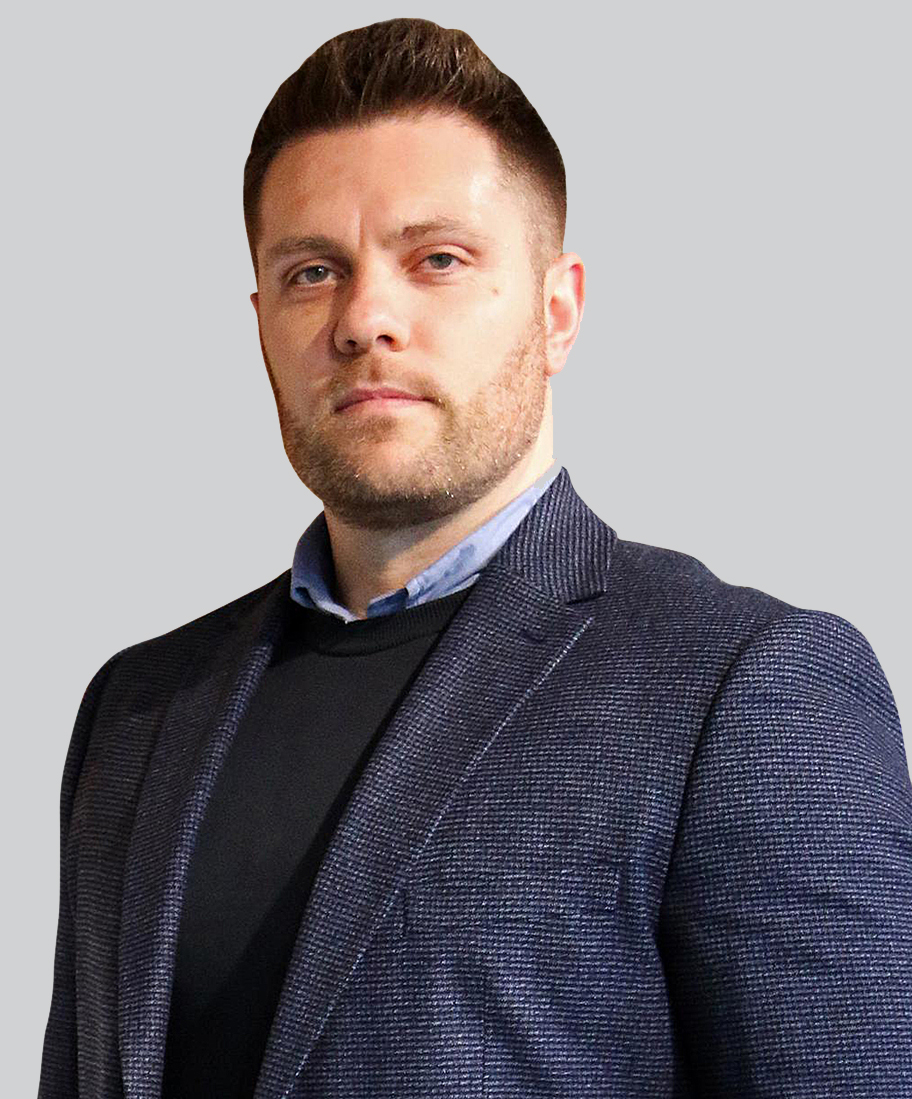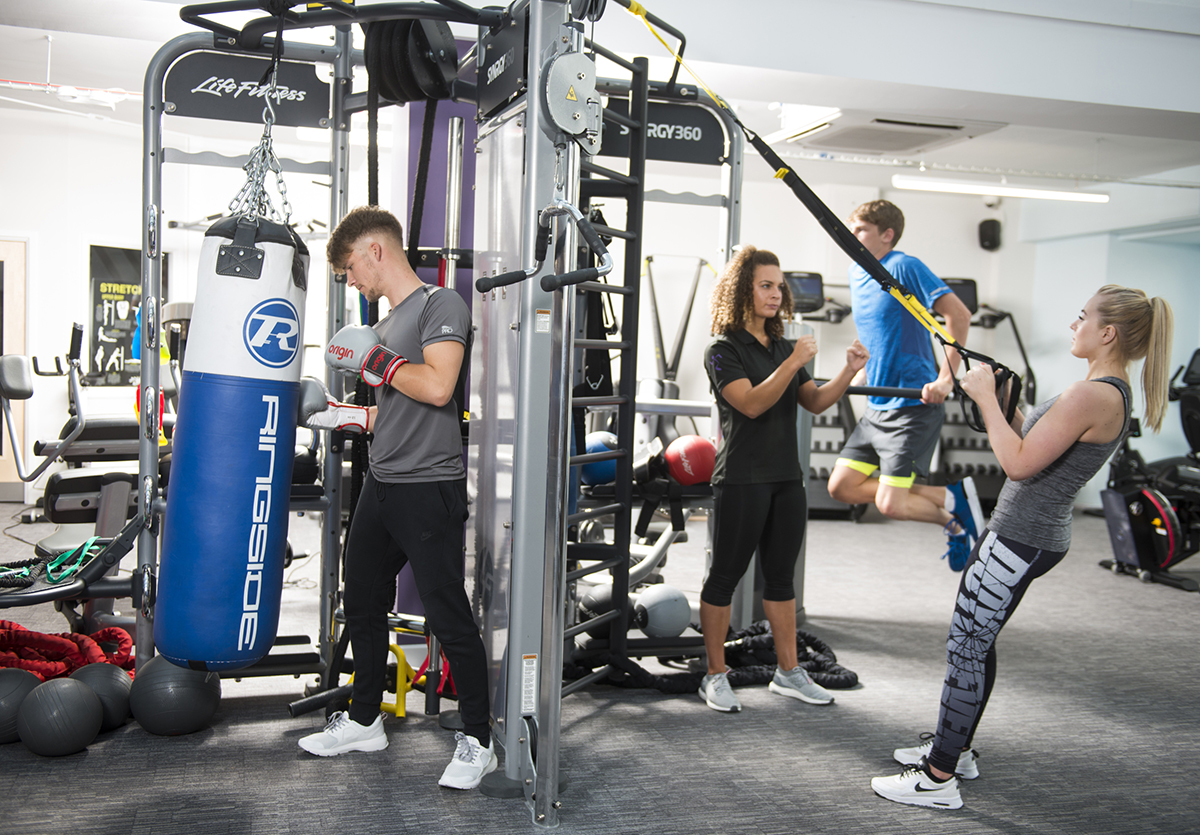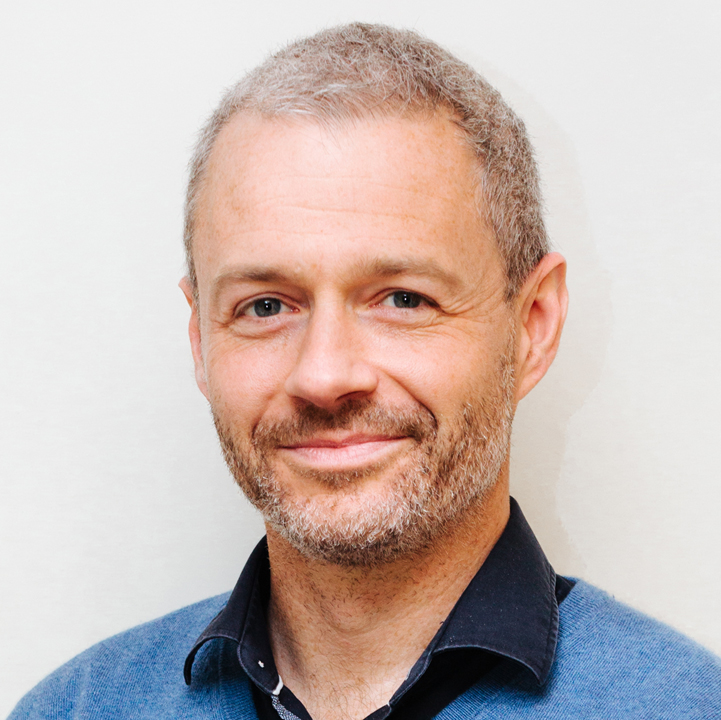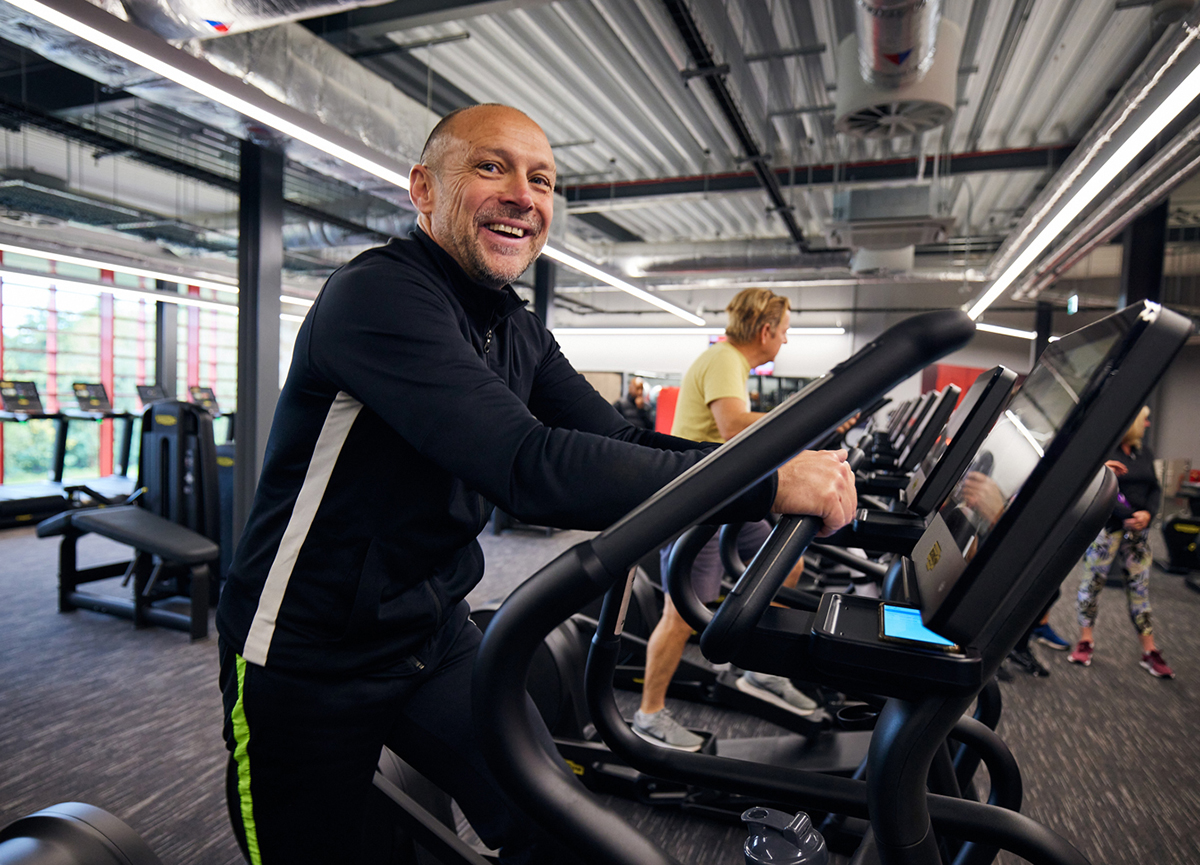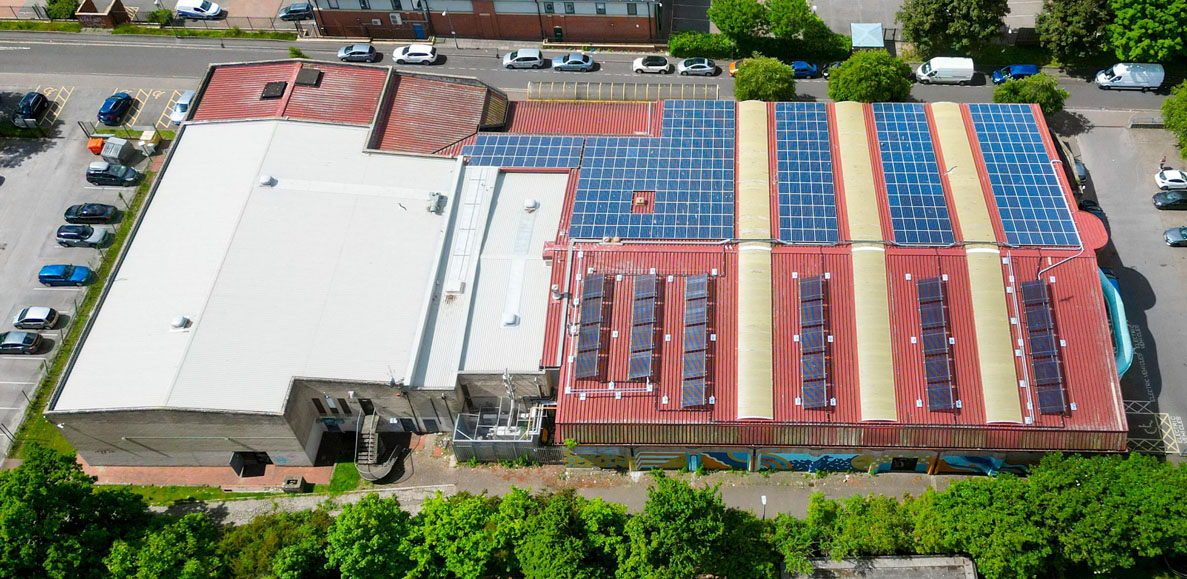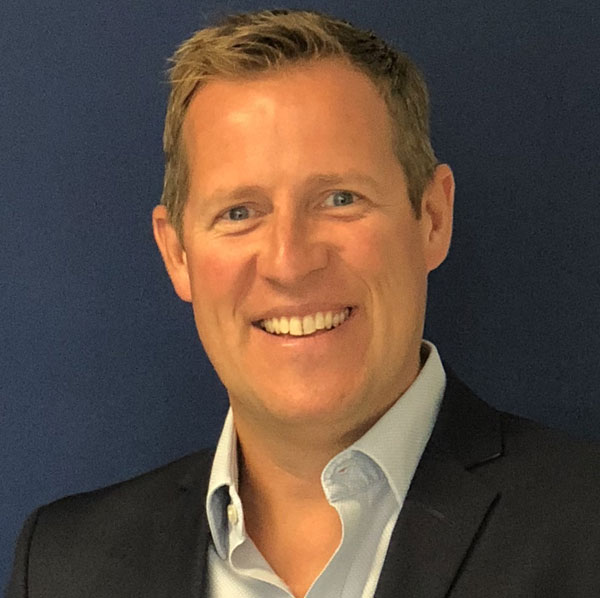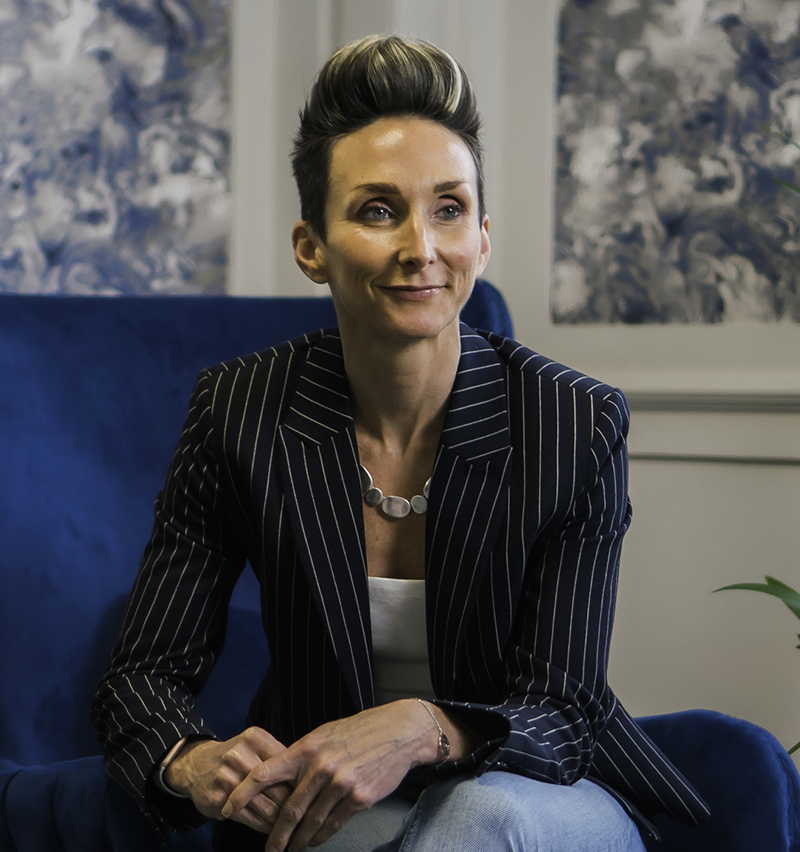
Total Fitness has returned to pre-pandemic membership levels / photo: TOTAL FITNESS
Our high-value, high variety offering is standing up in the face of an increased cost of living and I think that’s a matter of value proposition for us as a mid-market club.
In May this year, we returned to pre-pandemic membership levels (as at February 2020) and bucked the summer trend by growing in June, July and into August. Since reopening, our membership growth has spanned all ages and demographics, albeit we’ve over-indexed in younger joiners compared to historic trends. Although the monthly attrition rate has increased, it under-indexes when compared to the increase in joiners, so the underlying growth trend remains healthy.
However, our rising costs and rising costs of living for our members make a difficult landscape to navigate. At Total Fitness, we do an awful lot of listening to the market, ensuring that – despite our experience, we never assume.
Working with a third party, we recently completed a reputation survey, which covered 11,000 members and ex-members (from all sorts of health club chains), as well as non-members, partners and suppliers. We were pleased to find reasons for us to be confident about the future. Our members are really active, with more than 60 per cent working out twice a week or more.
It’s no surprise, therefore, that almost half our members consider their memberships essential and would cut other expenditures before considering cutting their gym membership. Sixty-five per cent of our ex-members are currently not members elsewhere, with more than 60 per cent of all ex-members likely to return to Total Fitness.
We’re trading steadily, which has allowed us to absorb the cost of increasing all salaries, however, we’ll need to revisit our pricing to absorb future utility increases. We must keep the right value equation for members, and while that’s something we’re well set up to do, it’s clear that we’re a sector needing structural support from government.
This is especially true of public sector wet-side operators who are most sensitive to rising costs and continue to provide facilities for the low impact, lifesaving, confidence and fitness building service that is swimming. I must remain hopeful on this point because while what we do as a sector is brilliant, it’s also supremely important.
We’re trading steadily, which has allowed us to absorb the cost of increasing all salaries








